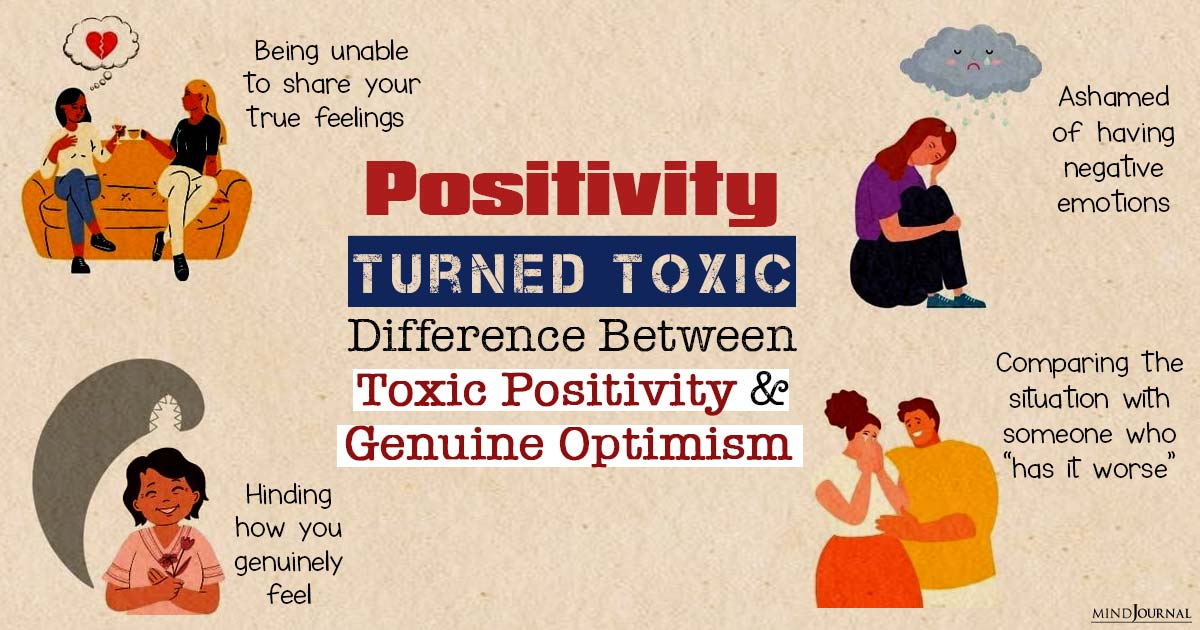What is ecofeminism: a movement where nature and equality join forces? This ideology blends environmentalism and feminism, showing how they’re connected. Read on to understand this concept better!
So, What Is Ecofeminism Exactly?
Ecofeminism is an ideology that brings together feminism and environmentalism, highlighting the interconnectedness of gender and environmental issues.
It links climate change, gender equality, and social injustice. It points out how society’s focus on masculine traits, like aggression and domination, contributes to environmental problems.

Women bear a greater burden from these issues, facing displacement and resource scarcity. This movement aims to bridge the gap between nature and culture, benefiting both marginalized groups and our planet.
Did you know that women are more vulnerable to the harmful effects of radiation compared to men? Surprising, right? And here’s something even more fascinating: some men may have subconscious hesitations about embracing environmentalism because it’s associated with femininity.
Read more here: What Is Femundeinist Epistemology: A Guide To Understanding Feminist Philosophy
How Principles of Ecofeminism Came To Being?
Ecofeminism sprouted from the roots of feminism and environmentalism. In 1974, French feminist Françoise d’Eaubonne coined the term, linking the oppression of women and marginalized groups to the degradation of nature under patriarchal dominance.
Influential figures like Vandana Shiva and Carolyn Merchant further championed this movement. Today, principles of ecofeminism silently shape the fight for a fairer world, intertwining people and the planet.
Some of the principles to understand what is ecofeminism:
Ecofeminism is guided by several core principles that intertwine the feminist struggle for gender equality with the fight for environmental preservation:
1. Intersectionality
Ecofeminism recognizes that oppressions, such as sexism, racism, and environmental degradation, are interconnected. It seeks to address the overlapping forms of discrimination and oppression experienced by marginalized communities.
2. Dualism Critique
Ecofeminism challenges the traditional Western dualistic view that separates humans from nature, emphasizing an interconnected worldview. It rejects the notion that women and nature are passive and subservient, instead highlighting their agency and intrinsic value.
3. Care Ethics
Ecofeminism places value on nurturing, cooperation, and empathy, emphasizing the importance of caring for both human and non-human beings. It seeks to challenge dominant systems that prioritize exploitation and commodification.
4. Sustainability
Ecofeminism recognizes the urgent need for sustainable practices that respect the Earth’s finite resources. It advocates for alternative models of development that prioritize ecological integrity, social justice, and economic equity.
5. Value of Nature
Viewing nature as more than a resource to exploit, it emphasizes the intrinsic worth of the natural world and the importance of its protection.
6. Empowerment
Empowering women and marginalized communities is central to this movement, as they are often disproportionately affected by environmental degradation.
7. Systems Thinking
Understanding the interdependent systems that govern our planet, it seeks holistic solutions that address both social and environmental challenges.
The Importance of Ecofeminism In Today’s World
Importance of ecofeminism is a quest for a sustainable and just world, let’s take a look at what is ecofeminism’s outlook:
1. Environmental Justice
By highlighting the disproportionate impacts of environmental degradation on marginalized communities, particularly women, ecofeminism sheds light on the urgent need for environmental justice.
It seeks to dismantle structures that perpetuate inequality and advocate for inclusive decision-making processes.
2. Feminist Environmentalism
Ecofeminism expands the feminist discourse to encompass environmental issues, recognizing that women are often disproportionately affected by environmental crises.
It exposes the links between patriarchy and environmental degradation, fostering a more comprehensive understanding of social justice.
3. Holistic Approach
Ecofeminism rejects reductionist approaches that separate environmental, social, and economic issues.
It promotes a holistic perspective that acknowledges the interconnectedness of all aspects of life, advocating for solutions that address multiple challenges simultaneously.
4. Sustainable Development
Ecofeminism offers an alternative framework for sustainable development. By challenging dominant models driven by profit and exploitation.
It advocates for inclusive, participatory, and ecologically responsible approaches that prioritize the well-being of both humans and the natural world.
Ecofeminist Examples: Movements And Initiatives
Ecofeminism has inspired various movements and initiatives worldwide, demonstrating its relevance and impact, with inspiring examples of change in action.
1. The Green Belt Movement
In Kenya to fight deforestation while empowering women. They planted trees, nurturing both the environment and female strength.
2. Chipko Movement
Originating in India in the 1970s, this movement involved women hugging trees to prevent deforestation. It highlighted the connection between women’s livelihoods and the preservation of forests, ultimately leading to a ban on tree felling in the region.
3. Women’s Earth and Climate Action Network (WECAN)
WECAN is a global network that mobilizes women to address climate change and environmental degradation. It aims to amplify the voices of women from affected communities, advocating for climate justice and sustainable solutions.
These amazing ecofeminist groups show that by protecting nature and empowering women, we can create a better world together!
What Is Ecofeminism’s Criticisms
But, hold your horses there are some cons about what is ecofeminism. One significant one is that ecofeminism revolves around the concept of essentialism, the belief that things have fixed characteristics.
Some argue that equating women with nature reinforces gender norms and perpetuates the very dichotomy that feminism aimed to challenge.
According to critics like Val Plumwood, these binary structures are problematic and intertwined with patriarchal systems that need dismantling. The goal is to break down these binaries, such as man/woman and black/white, recognizing that individuals can embody a diverse range of qualities regardless of gender.
However, it’s important to note that in recent times, the criticism has lost some momentum as more people embrace the understanding that everyone possesses a unique combination of feminine and masculine qualities, regardless of their gender. This evolving perspective contributes to the ongoing discourse surrounding ecofeminism.
However, If you’re interested in following ecofeminism examples, here are some unique ways to engage with the movement:
1. Educate Yourself
Start by reading books, articles, and essays by prominent thinkers like Vandana Shiva, Maria Mies, and Carolyn Merchant. Learn about the historical context, theories, and key concepts of ecofeminism to deepen your understanding.
2. Support Women’s Environmental Initiatives
Look for local organizations or initiatives that focus on empowering women and addressing environmental issues. Support their work by volunteering your time, donating funds, or participating in their events and campaigns.
3. Promote Sustainable Living
Embrace sustainable practices in your daily life. Reduce, reuse, and recycle, and minimize your carbon footprint by conserving energy and water, supporting local and organic food sources, and choosing eco-friendly products. Share your sustainable living tips to inspire change.
4. Advocate for Environmental Justice
Take part in advocacy efforts that promote environmental justice and gender equality. Write letters to your elected officials, sign petitions, join protests, or engage in online activism to raise awareness about ecofeminist issues and demand policy changes.
5. Foster Ecofeminist Communities
Create spaces for dialogue and collaboration by organizing ecofeminist study circles, discussion groups, or workshops in your community. Encourage conversations around the intersection of gender, ecology, and social justice, and empower others to take action.
6. Support Women in Science and Sustainability
Encourage and mentor women and girls in pursuing careers in science, technology, engineering, and mathematics (STEM) fields, as well as sustainability-related disciplines. Advocate for equal opportunities and representation for women in these fields.
7. Engage in Eco-Artivism
Explore artistic expressions that combine environmental activism and feminism. Use your creativity to convey powerful messages of ecofeminism examples about the relationship between women, nature, and social change. This could include visual art, performance art, poetry, or music.
8. Connect with Indigenous Wisdom
Learn from indigenous cultures and their deep connections with the land and nature. Indigenous knowledge often incorporates principles of sustainability and respect for the Earth. Engage in cultural exchanges and support indigenous communities in their struggles for land rights and environmental preservation.
9. Challenge Dominant Narratives
Critically examine mainstream narratives and challenge the systems that perpetuate the exploitation of women and the environment. Speak out against oppressive practices, stereotypes, and policies that contribute to the degradation of both women and nature.
10. Engage in Intersectional Activism
Recognize and address the interconnectedness of various forms of oppression, including sexism, racism, classism, and environmental destruction. Support movements that strive for social justice, equality, and environmental sustainability.
Remember that ecofeminism is a diverse and evolving movement, and there are numerous ways to contribute. Find what resonates with you and your skills, and take action in a way that aligns with your values and passions.
Ecofeminism serves as a bridge between feminism and environmentalism, recognizing the inseparable relationship between gender equality and environmental sustainability.
By addressing the intersecting oppressions faced by women and the Earth, ecofeminism offers a powerful lens through which to understand and confront social and ecological challenges.
Read more here: All Oppression Is Connected
Embracing ecofeminist principles can lead us toward a future where gender equality, social justice, and environmental harmony are prioritized, enabling us to build a more equitable and sustainable world for all.
Share your thoughts about the importance of ecofeminism in your life!
Frequently Asked Questions (FAQs)
What is Ecofeminism?
Ecofeminism is a social and philosophical movement that highlights the link between oppression of women and the exploitation of nature. It challenges the patriarchal systems that degrade both women and the environment.
What is Ecofeminism theory?
Ecofeminism theory asserts that the domination and exploitation of women and nature stem from similar underlying systems of power, control, and oppression.
What is an example of Ecofeminism?
One of the ecofeminism examples include is the advocacy for sustainable agriculture and food systems. They promote organic farming, local food initiatives, and fair trade practices.










Leave a Reply